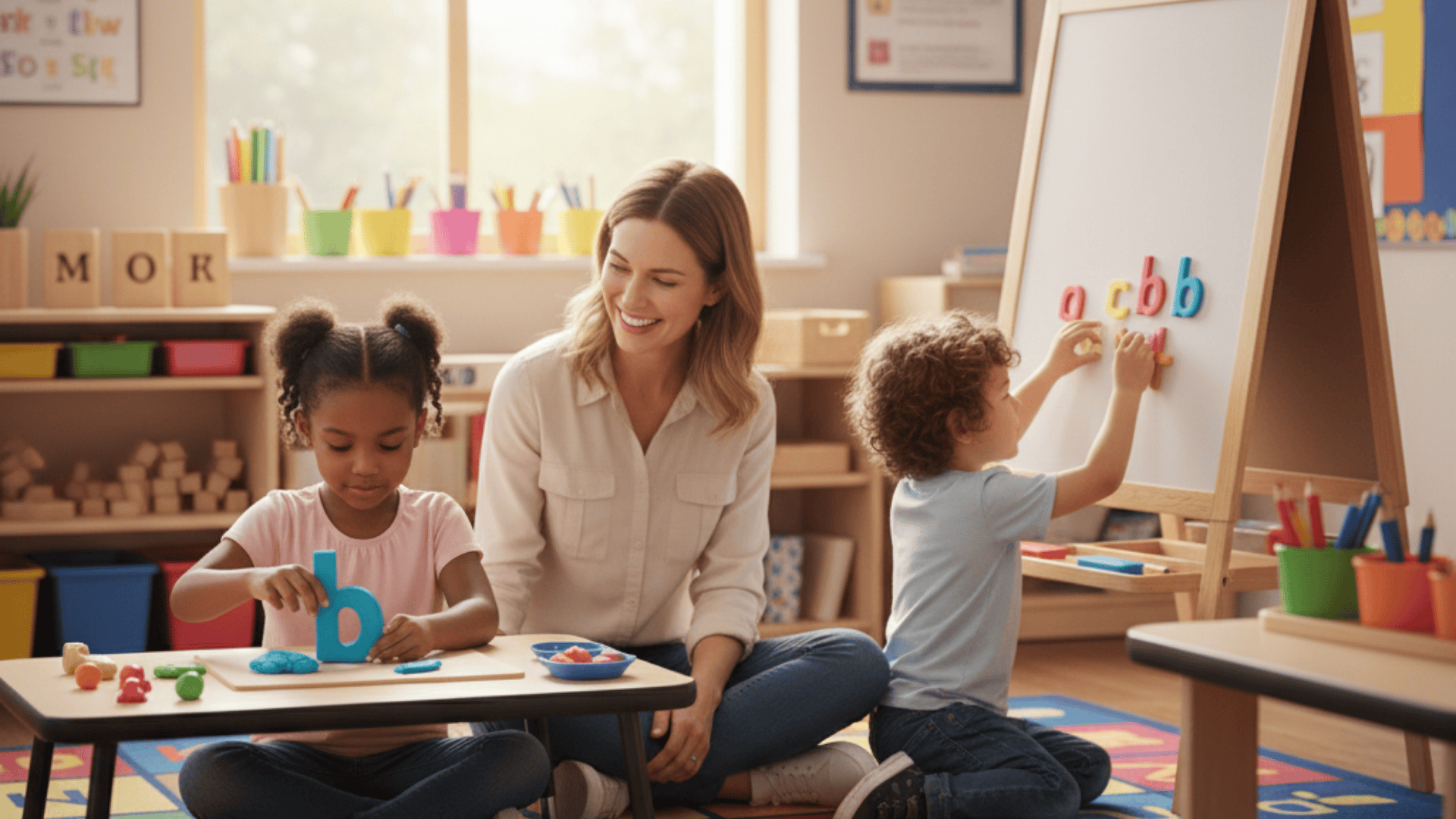Letter recognition is an important first step in helping preschoolers become confident readers and writers. There is a variety of letter recognition activities that make learning fun, hands-on, and interactive.
These activities are designed to help children identify letters, connect them with sounds, and develop fine motor skills at the same time.
No matter if you’re a parent or teacher, these ideas provide practical ways to introduce letters in playful and meaningful ways.
Let’s try these activities and see how they can make learning letters effective for young children.
Why Letter Recognition Matters
Letter recognition is one of the first steps in helping children become confident readers.
When kids learn to identify letters, they begin to understand the building blocks of words and language.
This helps them develop strong cognitive and literacy skills from an early age. It also improves fine motor skills through activities like tracing, stamping, or forming letters with playdough.
Knowing letters provides a foundation for reading and writing, making it easier to decode words and write letters independently.
Using multisensory approaches like touch, sight, and movement makes learning letters more interesting and effective.
Letter Activities for Preschoolers
These activities help preschoolers identify letters, understand their shapes, and connect letters with sounds.
1. Sensory Bin Letter Hunt
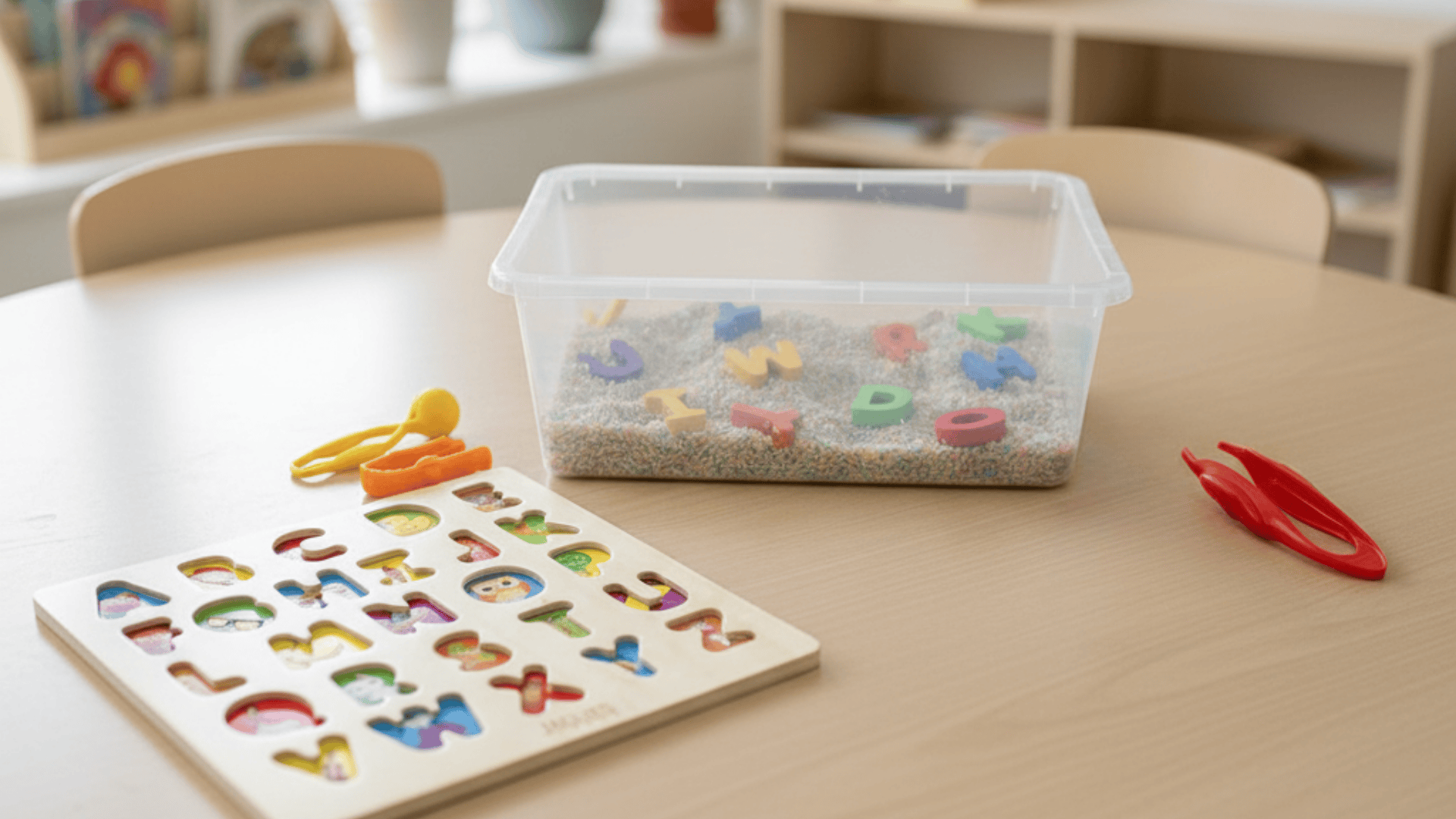
Fill a bin with sand, rice, beans, or other sensory materials and hide magnetic letters or letter beads inside. Children dig through the materials to find letters, name them aloud, and sort them.
This activity combines hands-on learning with visual recognition, helping kids remember letters while engaging multiple senses.
2. Playdough Letters
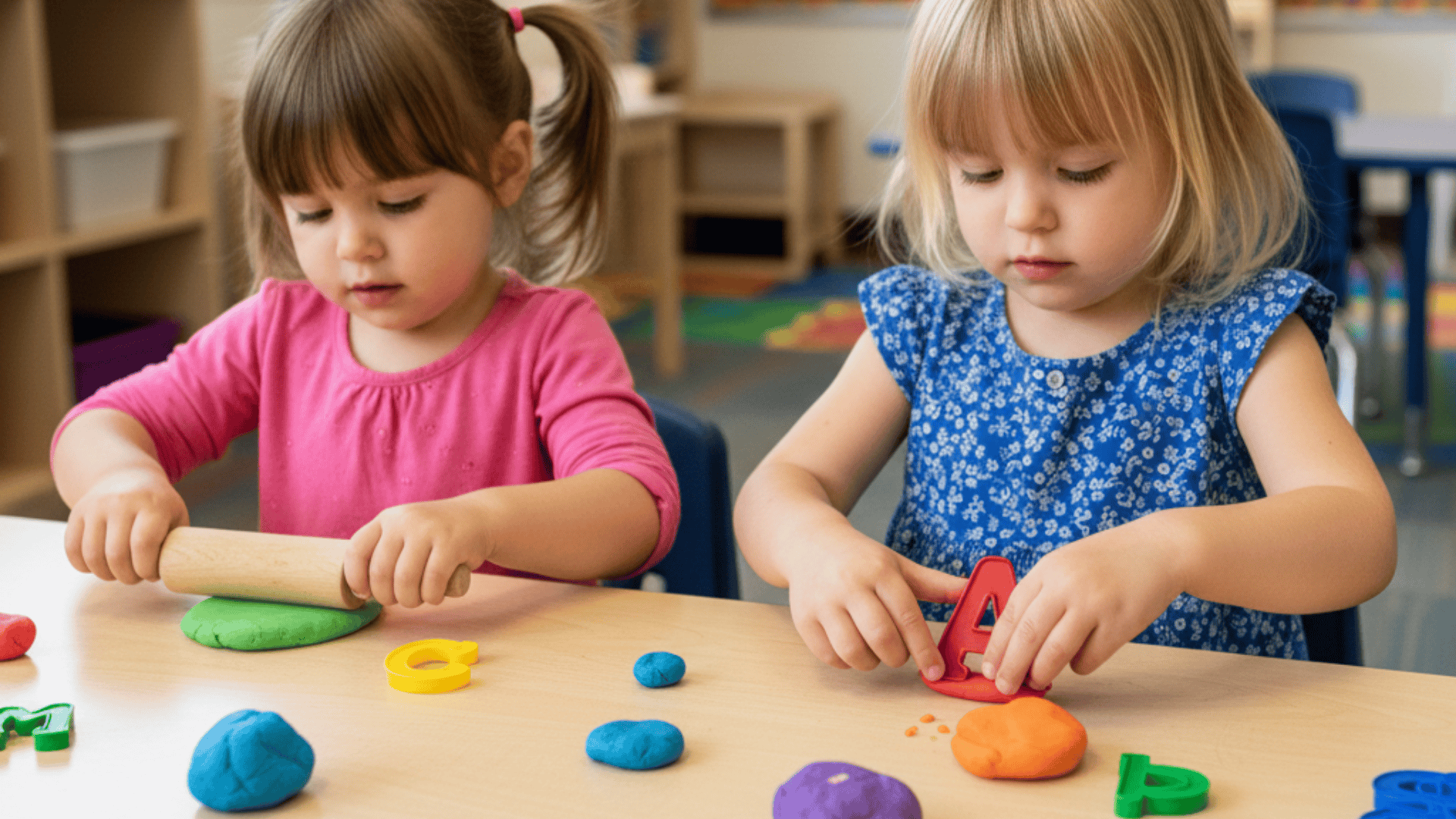
Use playdough to form letters by rolling, pressing, or shaping dough into each letter. Children can also use stamps or small tools to press letters into the dough.
This activity strengthens hand muscles, improves fine motor coordination, and reinforces letter shapes in a fun, hands-on way.
3. Letter Crafts

Create letters using paper, stickers, magazine cutouts, or recycled materials. Children decorate letters with paint, markers, or glue, personalizing each letter as they go.
This activity combines creativity with learning, allowing preschoolers to visually learn letters while developing artistic skills and reinforcing letter recognition.
4. Letter Blocks
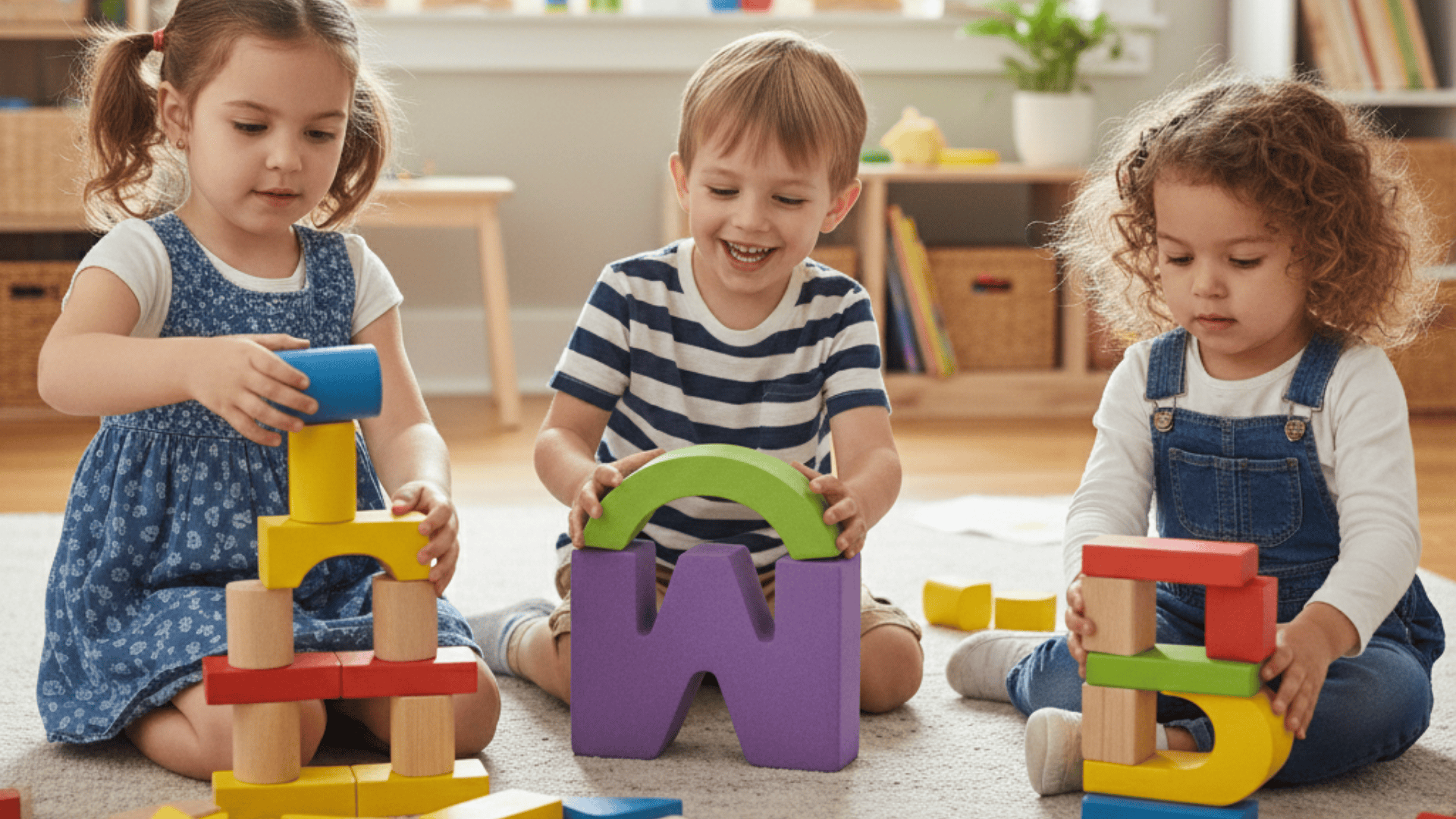
Use wooden or foam blocks to build letters in three dimensions. Children can stack, arrange, or trace the block letters to learn shapes.
This hands-on activity encourages problem-solving, spatial awareness, and engagement, helping children connect the visual form of letters with their names and sounds.
5. Alphabet Collage
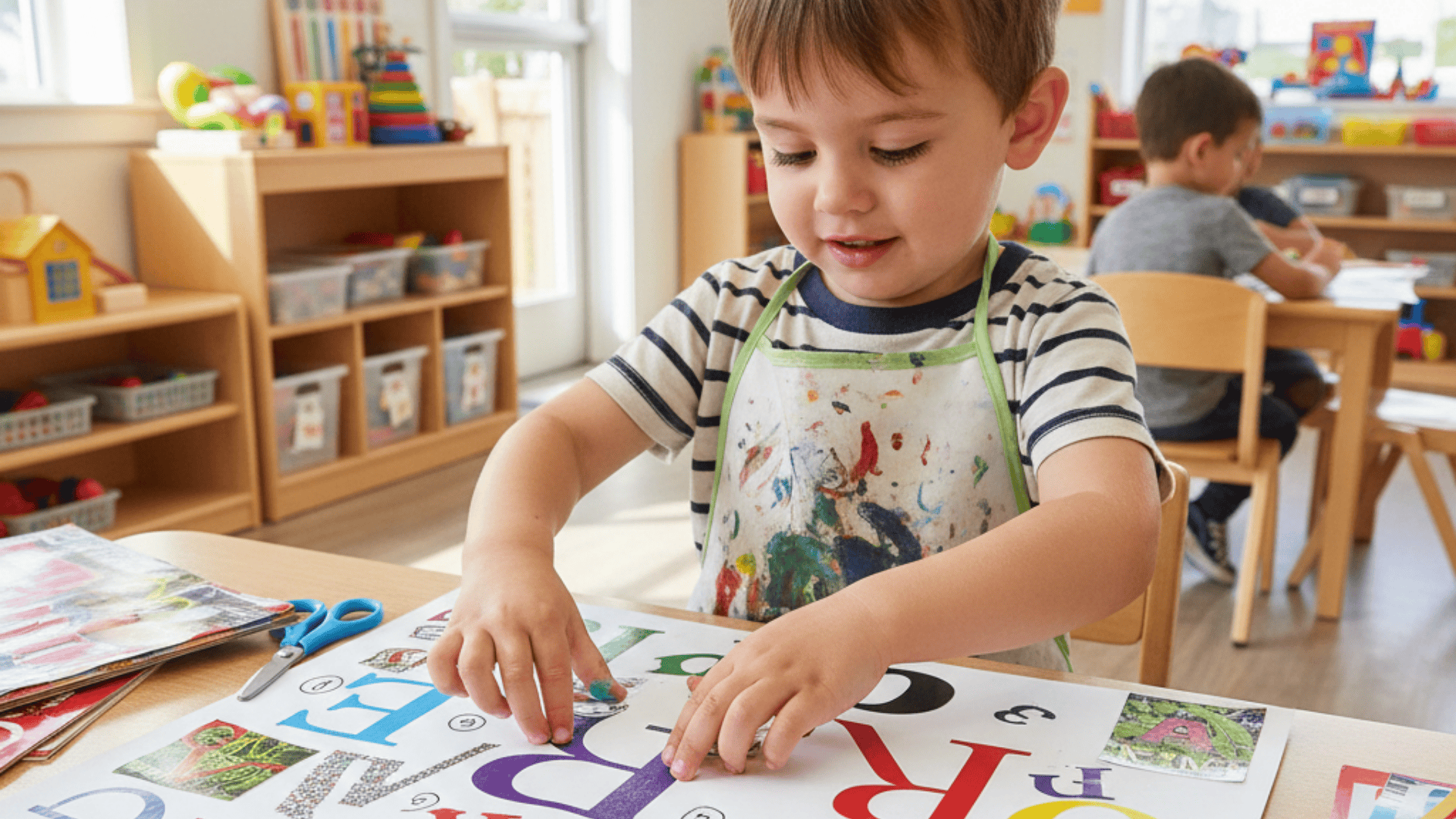
Provide children with letters cut from magazines or printouts to create a collage on a poster or notebook. They can group letters by color, shape, or sound.
This creative activity reinforces letter recognition while encouraging sorting skills and fine motor coordination in a fun, artistic way.
6. DIY Letter Stamps
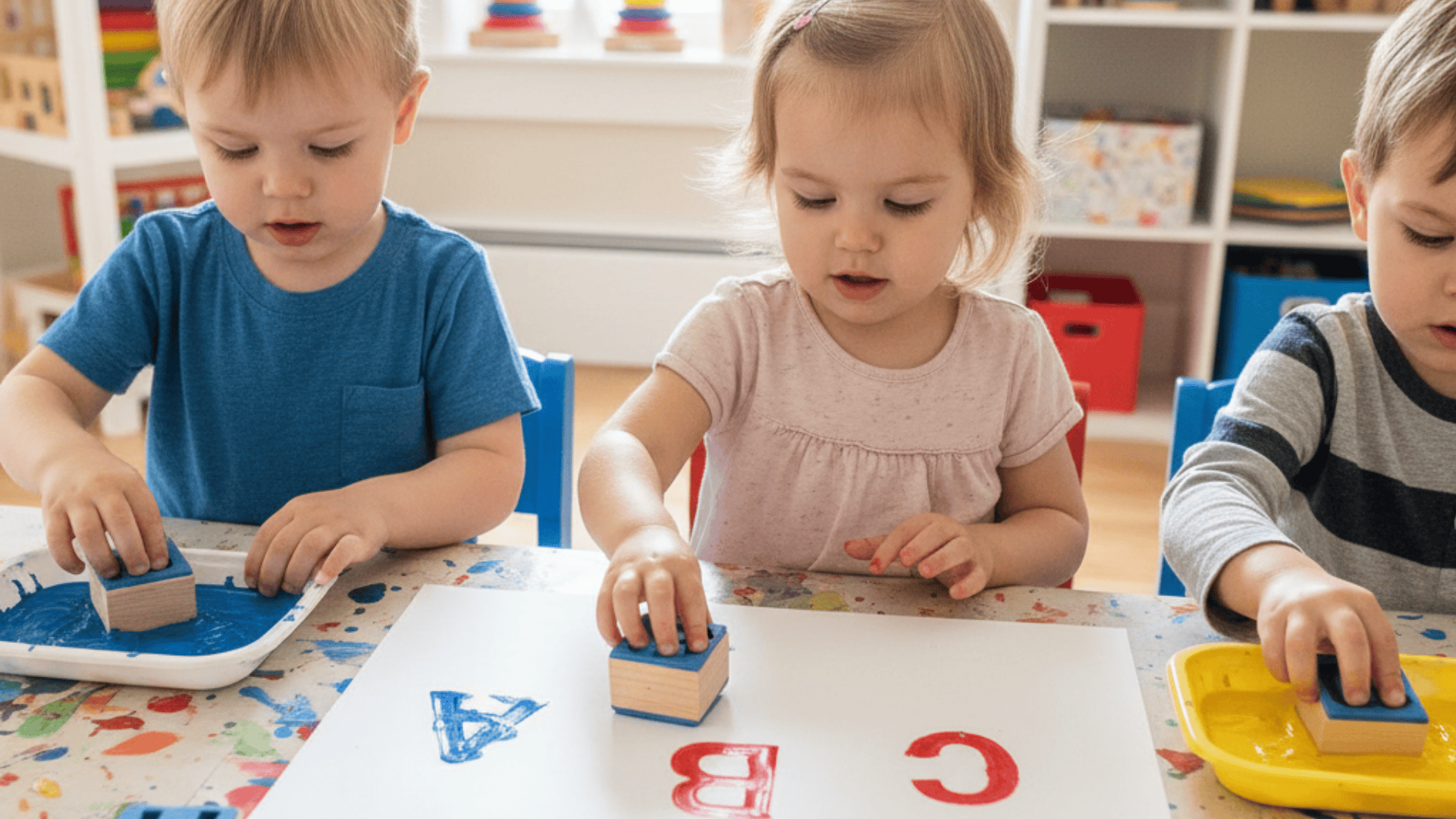
Make stamps using foam, sponges, or small craft materials. Children press the stamps onto paper to form letters repeatedly.
This activity reinforces uppercase and lowercase recognition, helps develop fine motor skills, and makes letter practice interactive, allowing preschoolers to enjoy repetition in a playful way.
7. Finger Painting Letters
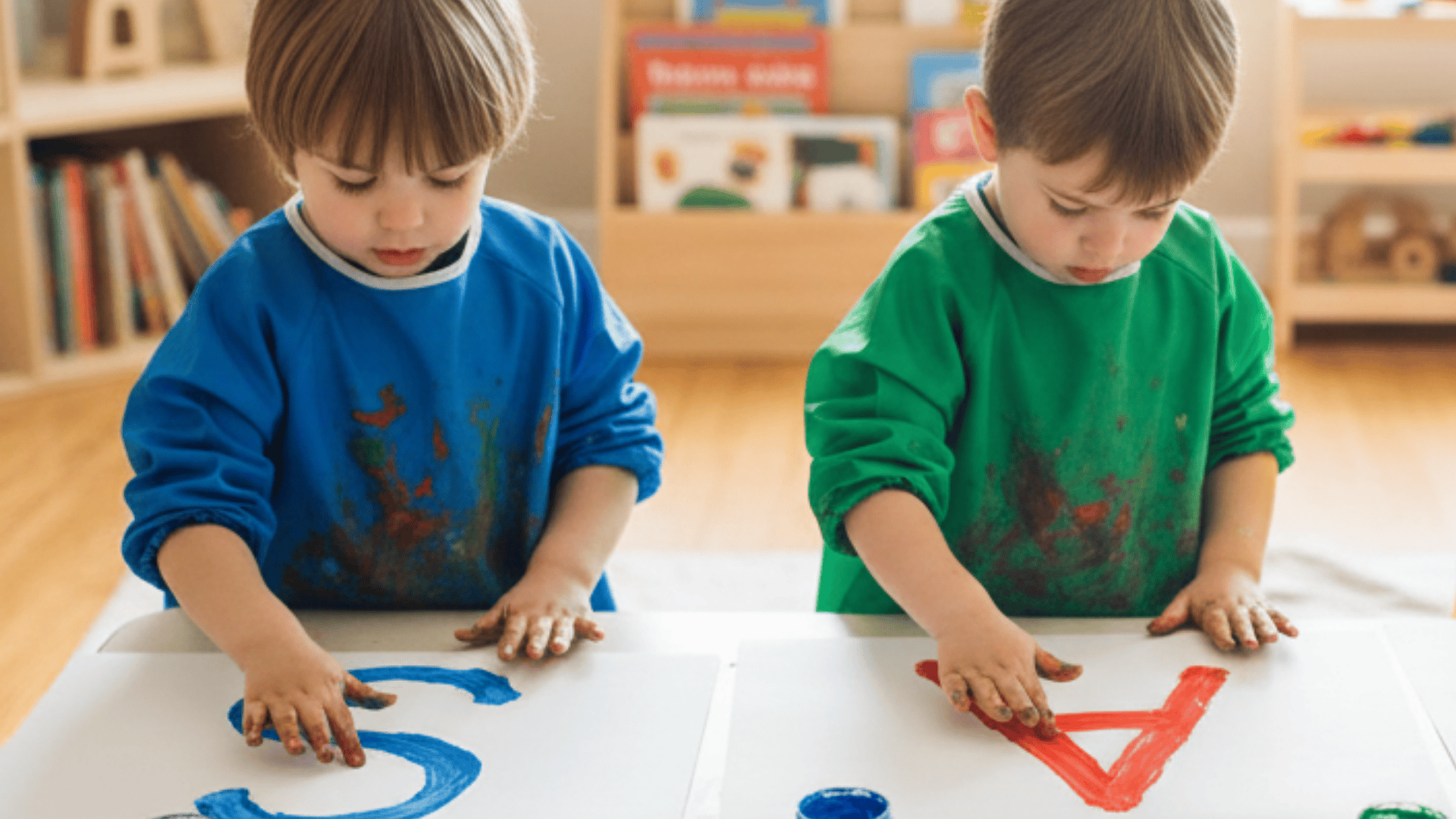
Use washable paint for children to trace letters with their fingers on paper or trays. Finger painting engages tactile senses and improves hand-eye coordination.
It also encourages experimentation and creativity, helping children internalize letter shapes while having fun with a sensory-rich activity.
8. Salt Tray Writing

Spread salt in a shallow tray and have children use their fingers or a stylus to trace letters. This method increases letter recognition and fine motor skills.
Children can practice uppercase and lowercase letters repeatedly, and the sensory aspect makes learning more memorable and engaging.
9. Letter Scavenger Hunt
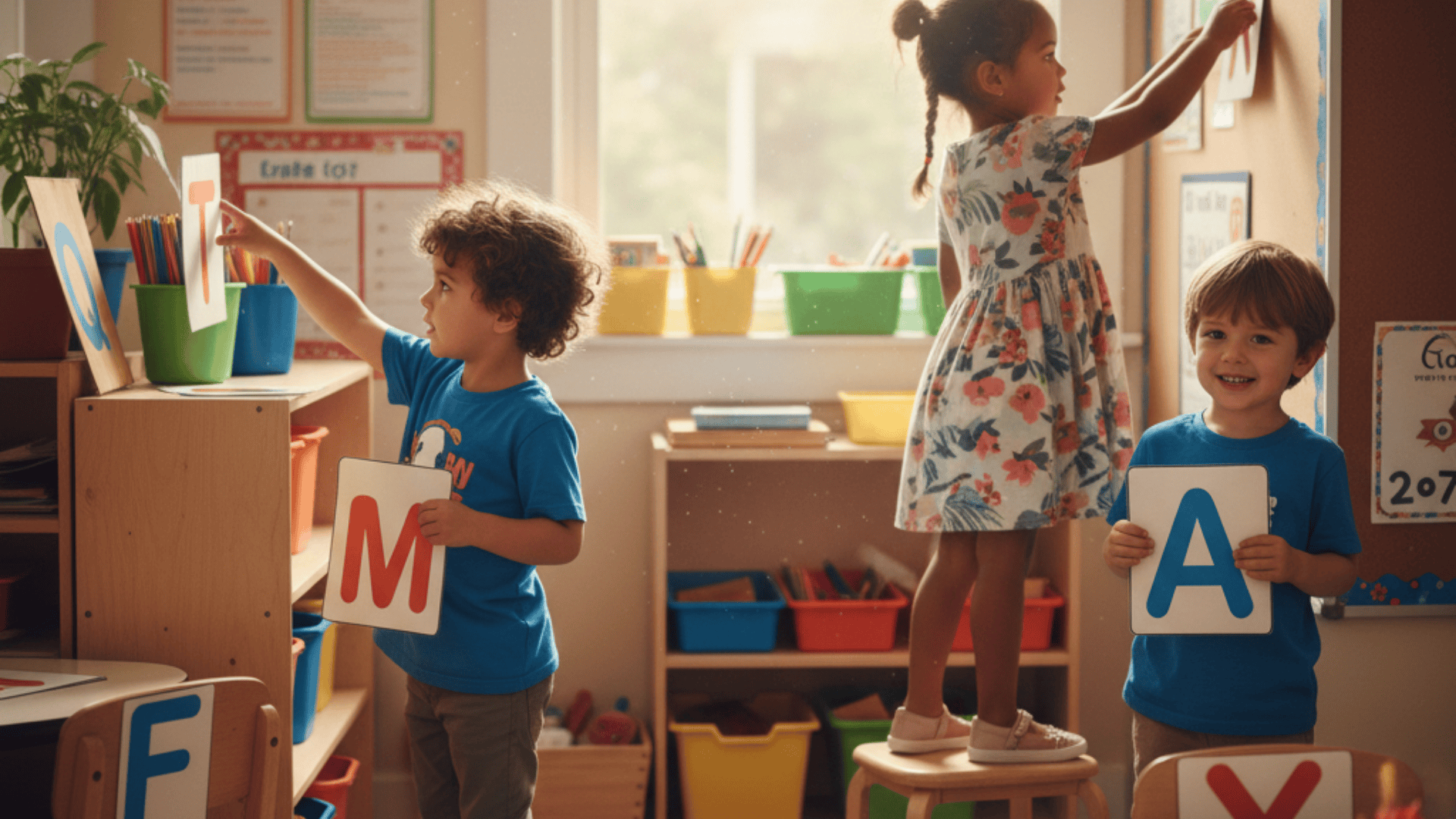
Hide letter cards or magnetic letters around the classroom or home. Children search for the letters, name them aloud, and place them in a collection spot.
This game promotes active learning, reinforces visual recognition, and helps children practice letter names in a fun, interactive way.
10. Alphabet Bingo
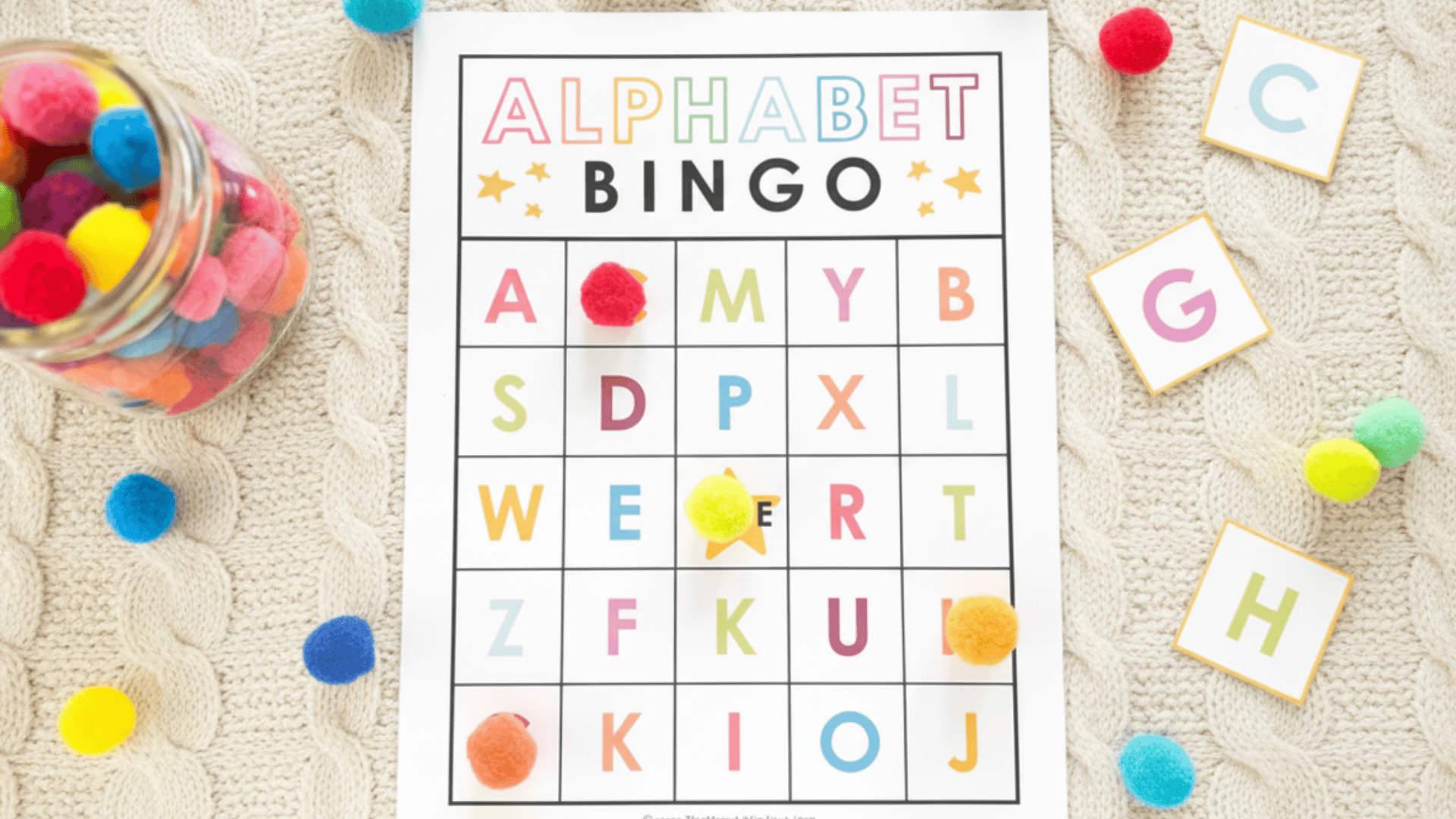
Create bingo cards with letters instead of numbers. Call out letters and have children cover the matching ones with a pompom and stickers on their cards.
This game promotes letter recognition, listening skills, and concentration, while adding excitement through a familiar, competitive format that encourages repeated display of letters.
11. Jumping Letters
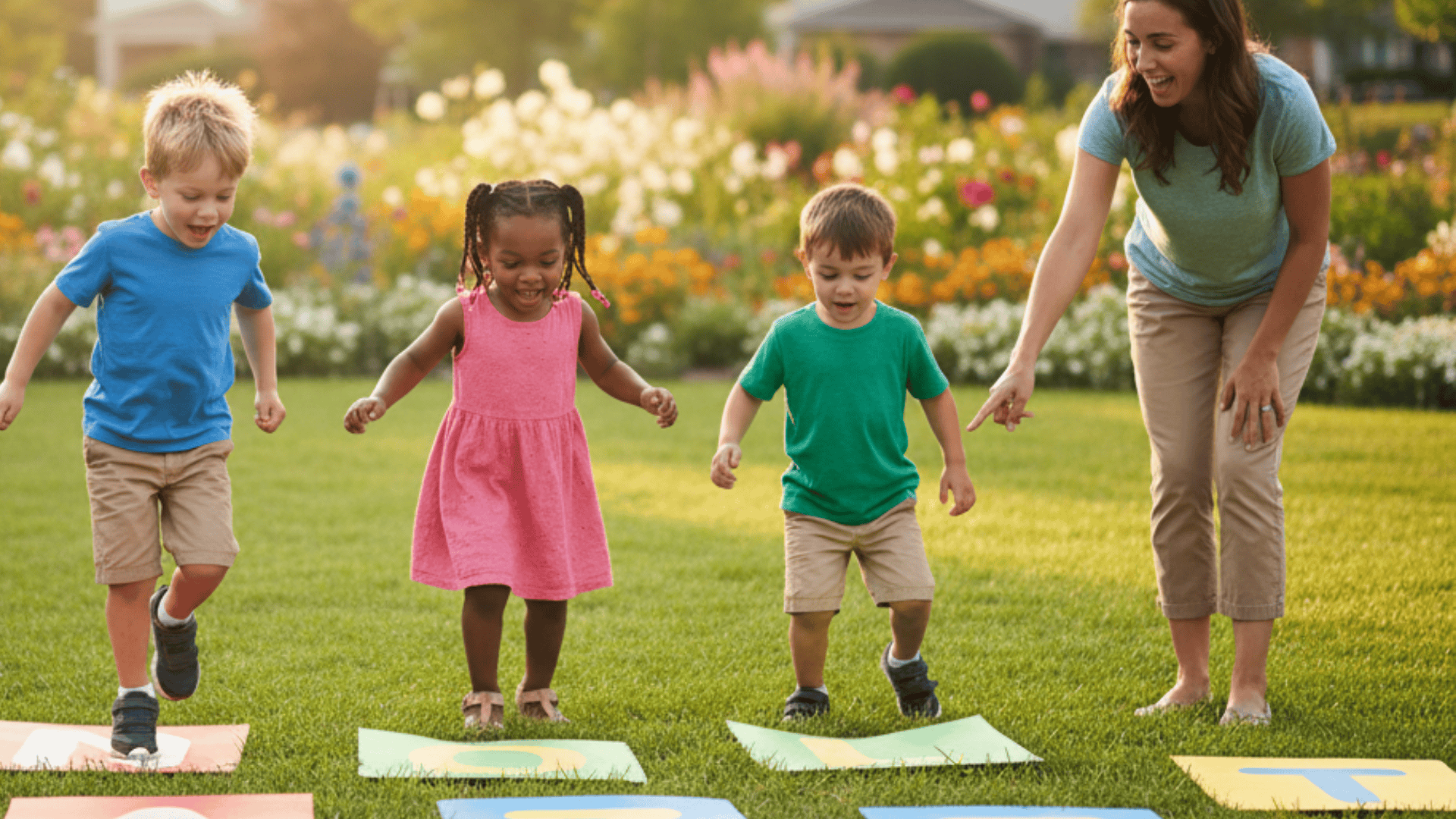
Place letter cards on the floor and ask children to jump to the letter you call out. This activity combines movement with learning, improves coordination, and helps preschoolers recall letter names faster.
It is ideal for active children who learn best through physical interaction. It also builds listening skills and helps children respond quickly to instructions.
12. Letter Toss
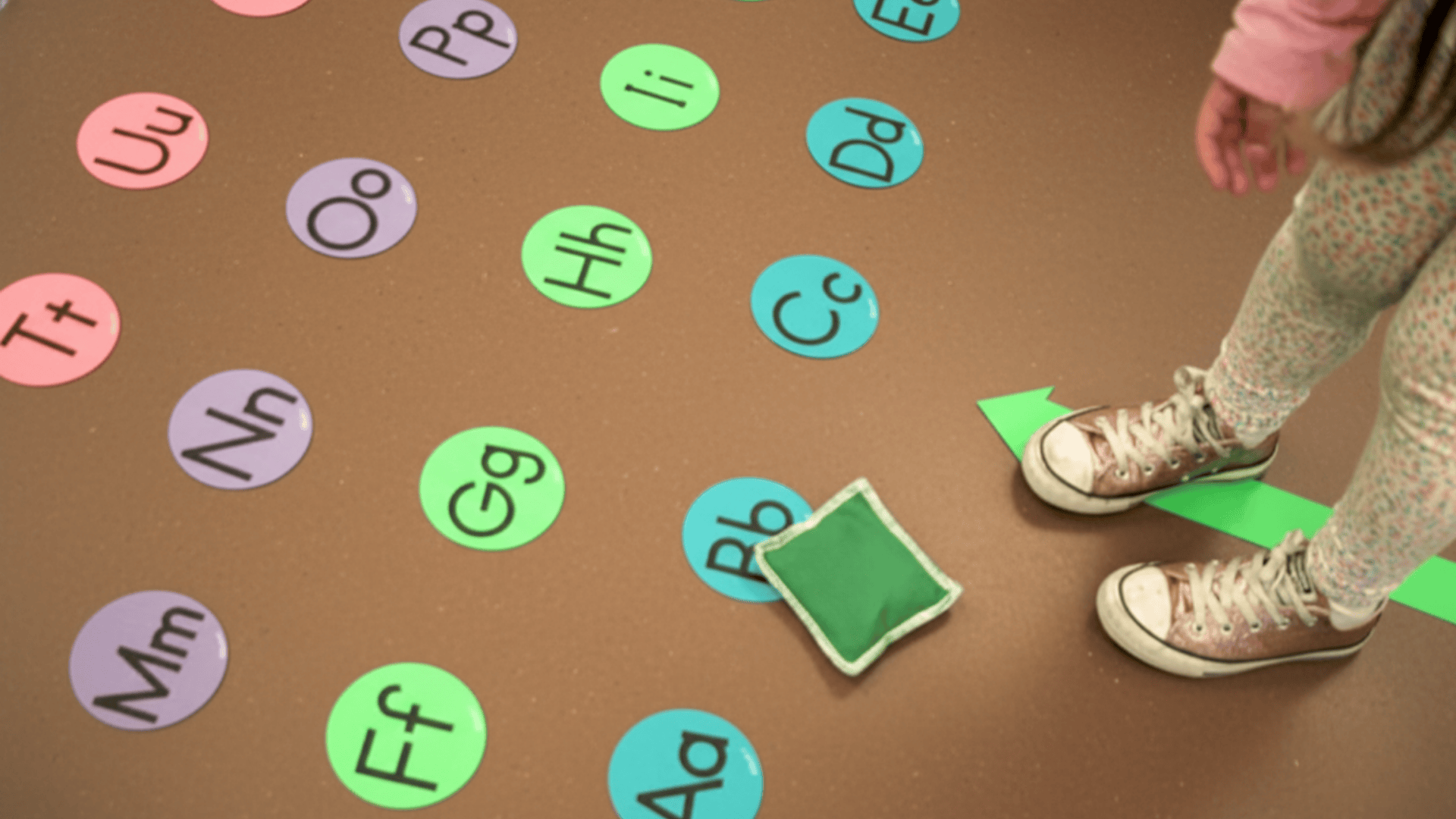
Set up letter targets and have children toss beanbags or balls onto the letters you call out. This game strengthens hand-eye coordination, reinforces letter recognition, and adds a playful, competitive element.
Children enjoy the challenge while practicing uppercase and lowercase letters. It also encourages focus and quick thinking as they aim for the correct letter
13. Letter Match Memory Game
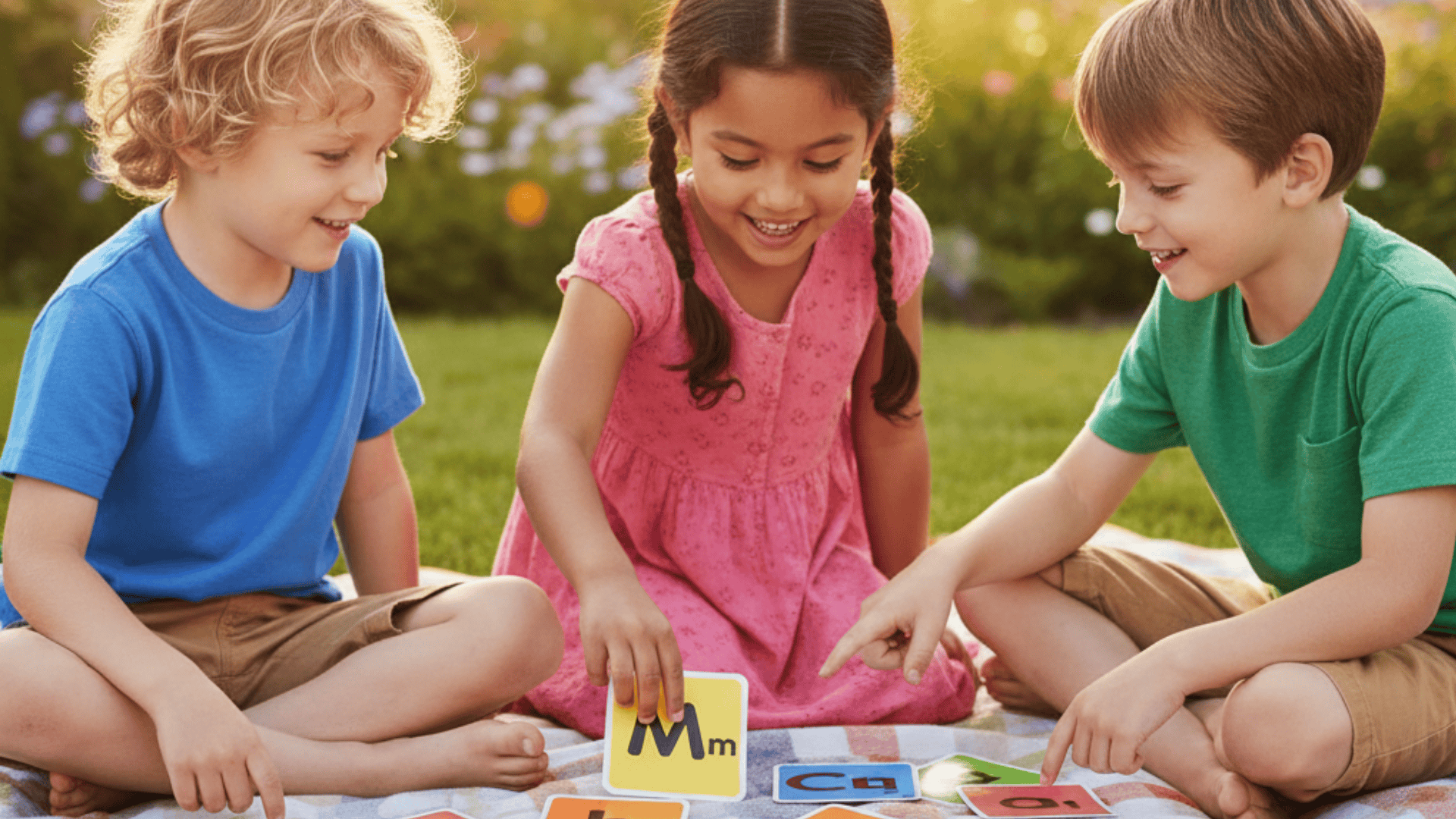
Create matching pairs of uppercase and lowercase letters. Place them face down, and have children take turns flipping two cards at a time to find matches.
This activity improves memory, recognition, and concentration, while reinforcing letter shapes and pairing skills. It also promotes patience and turn-taking, helping children develop social and cognitive skills together
14. Alphabet Hopscotch
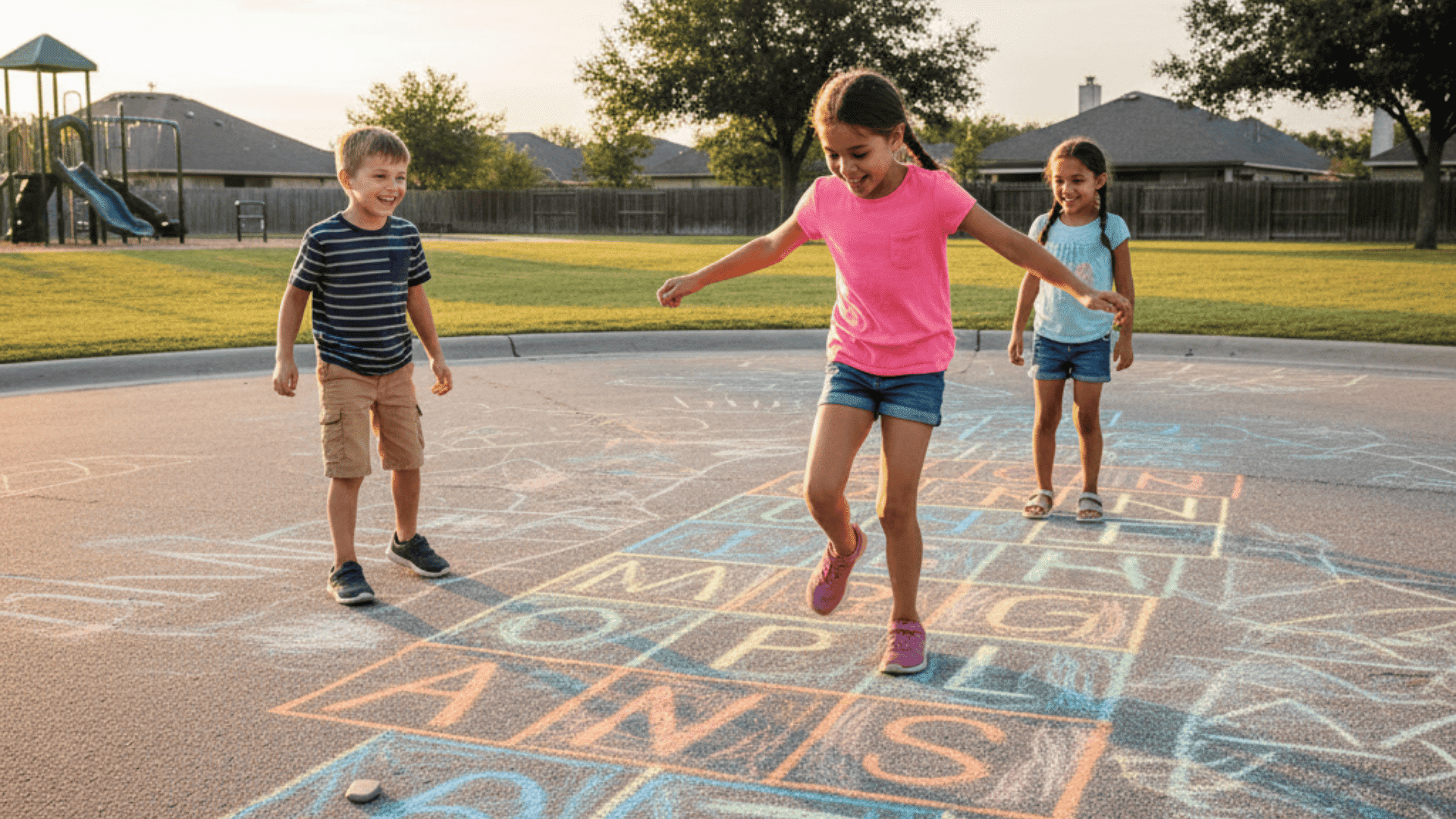
Alphabet Hopscotch turns learning into an exciting movement game. As children hop from one letter to the next, they build balance, coordination, and rhythm while reinforcing letter sequence and sound recognition.
Calling out letters adds a listening element, keeping them alert and engaged. It’s a fun, energetic way to help preschoolers connect physical activity with early literacy skills.
15. Letter Relay Race

Letter Relay Race adds excitement to learning as children combine speed with thinking. They run, search, and place letters in sequence, improving coordination and recall.
Working in teams teaches cooperation and communication while keeping everyone motivated. The race setting builds focus and quick decision-making, turning letter practice into an engaging, high-energy learning experience.
16. Musical Letters

Musical Letters keeps children active and alert as they listen closely for cues and respond quickly. It strengthens auditory processing, coordination, and memory while reinforcing letter identification.
The mix of music and movement adds excitement, making learning feel like play. This interactive activity also encourages focus and participation, keeping every child involved and motivated
17. Alphabet Books

Alphabet Books make learning letters a meaningful and interactive experience. As children explore each page, they connect letters with words, pictures, and sounds, improving vocabulary and comprehension.
Pointing out letters helps them link symbols to spoken language. This shared reading time also strengthens attention, curiosity, and emotional bonding, building a strong foundation for early literacy success.
18. Alphabet Songs

Alphabet Songs turn learning into a joyful musical activity. Singing along helps children remember letter order and sounds naturally through rhythm and melody.
The repetition supports long-term recall, while the movement or gestures often added to songs build coordination. This engaging approach keeps children focused, happy, and excited to learn their letters every time.
19. Letter “I Spy”

The letter “I Spy” turns everyday surroundings into a fun learning challenge. As children search for letters based on clues, they sharpen attention, memory, and visual discrimination skills.
Describing letter shapes and sounds strengthens phonemic awareness, while the game’s interactive format keeps them motivated. It’s an enjoyable way to practice letters through experience and curiosity.
20. Tracing Boards
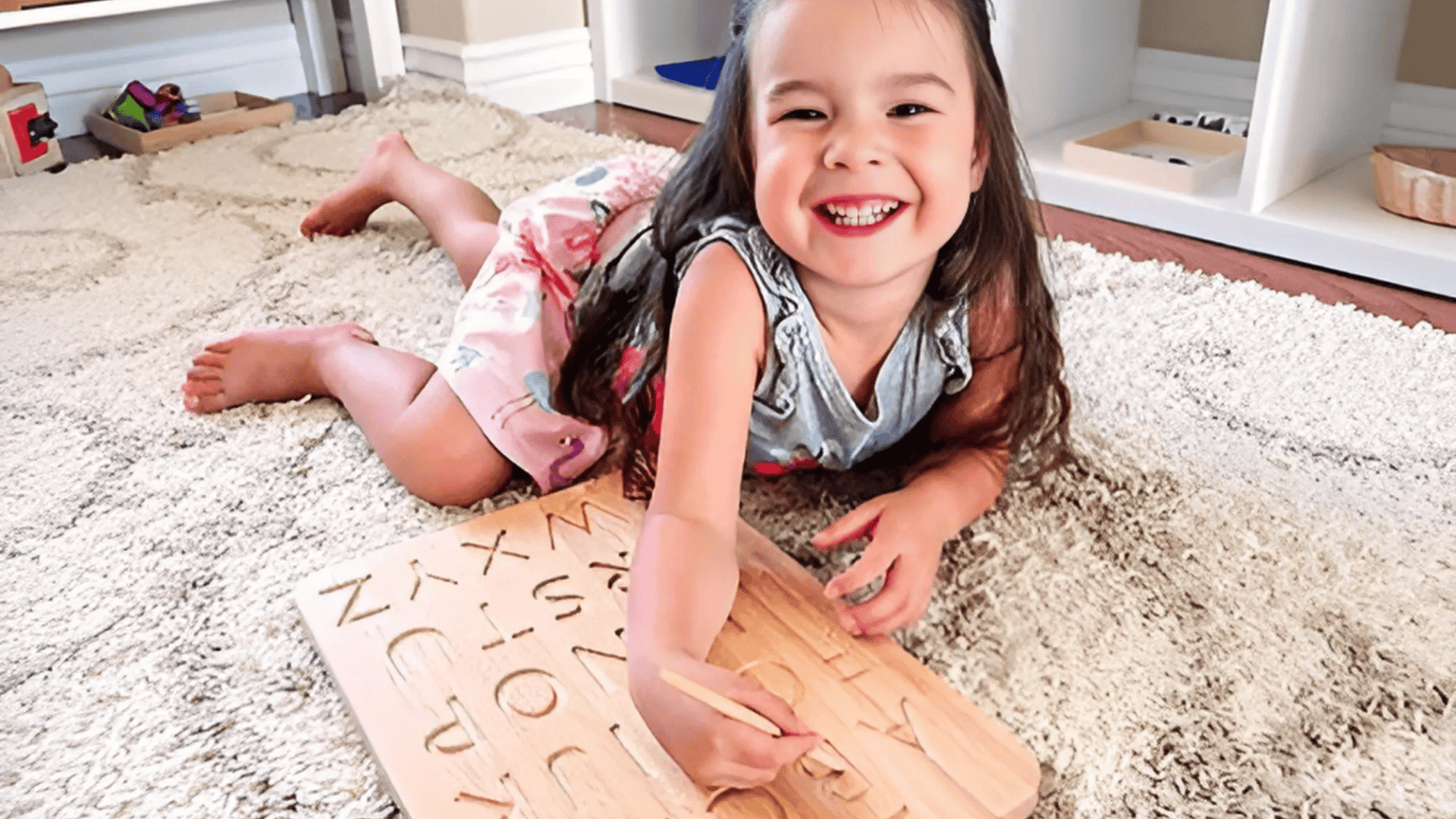
Tracing Boards give children a hands-on way to practice forming letters with control and accuracy. The repeated motion strengthens hand muscles and coordination needed for writing.
Using dry-erase or chalk surfaces adds flexibility, letting kids easily try again without frustration. This method builds focus, patience, and familiarity with each letter’s shape and direction
21. Letter Journals
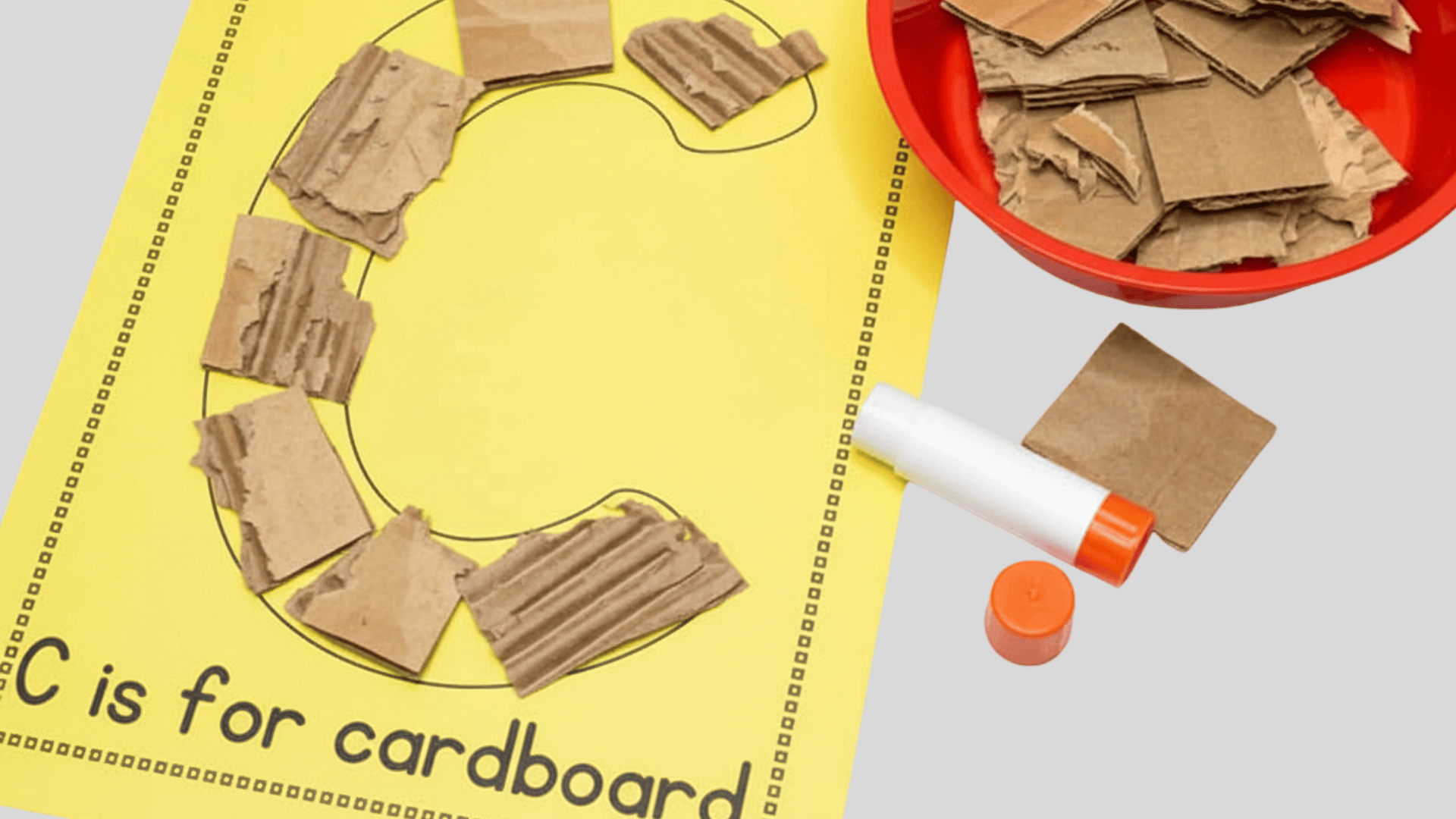
Letter Journals turn learning into a creative, ongoing project. As children paste letters with matching pictures, they connect symbols to real-world objects, deepening understanding.
Decorating pages adds personal expression and pride in their work. Over time, the journal becomes a visual record of growth, encouraging reflection, ownership, and continued interest in letters and language.
22. Beginning Sound Worksheets

Beginning Sound Worksheets help children link letters to the sounds they hear in words. As they match pictures to starting letters, they strengthen listening, thinking, and vocabulary skills.
The structured layout supports focus and confidence, while repeated practice builds fluency. This activity lays a strong foundation for reading readiness and sound-letter association
23. Letter Sound Match-Up
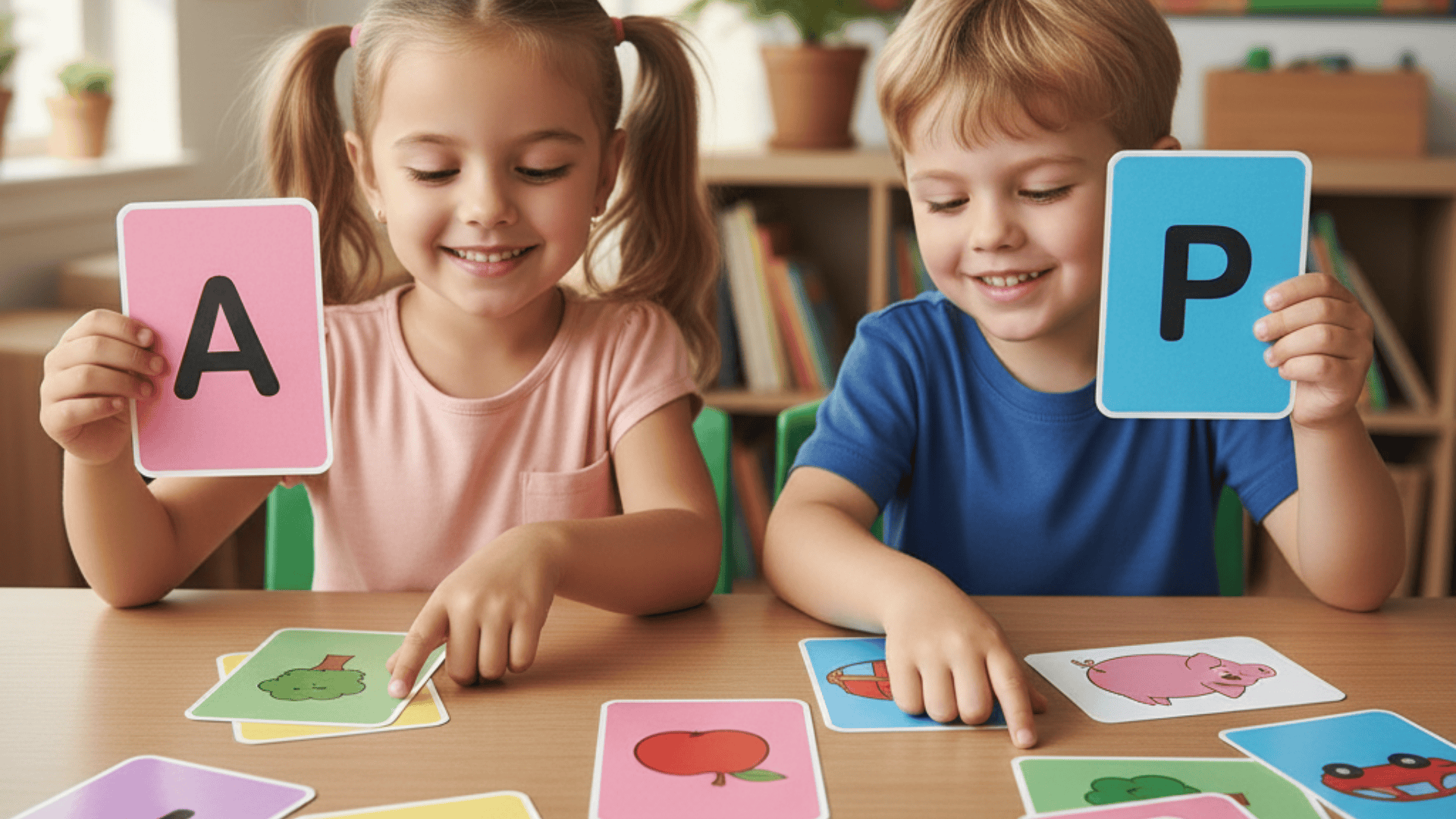
Letter Sound Match-Up makes learning interactive by connecting letters to familiar objects. As children pair each letter with a matching picture, they strengthen sound recognition and expand their vocabulary.
Handling cards keeps them engaged through play, while visual cues support memory. This practical activity helps children understand how letters link to spoken language in everyday life
24. Name Letters Recognition
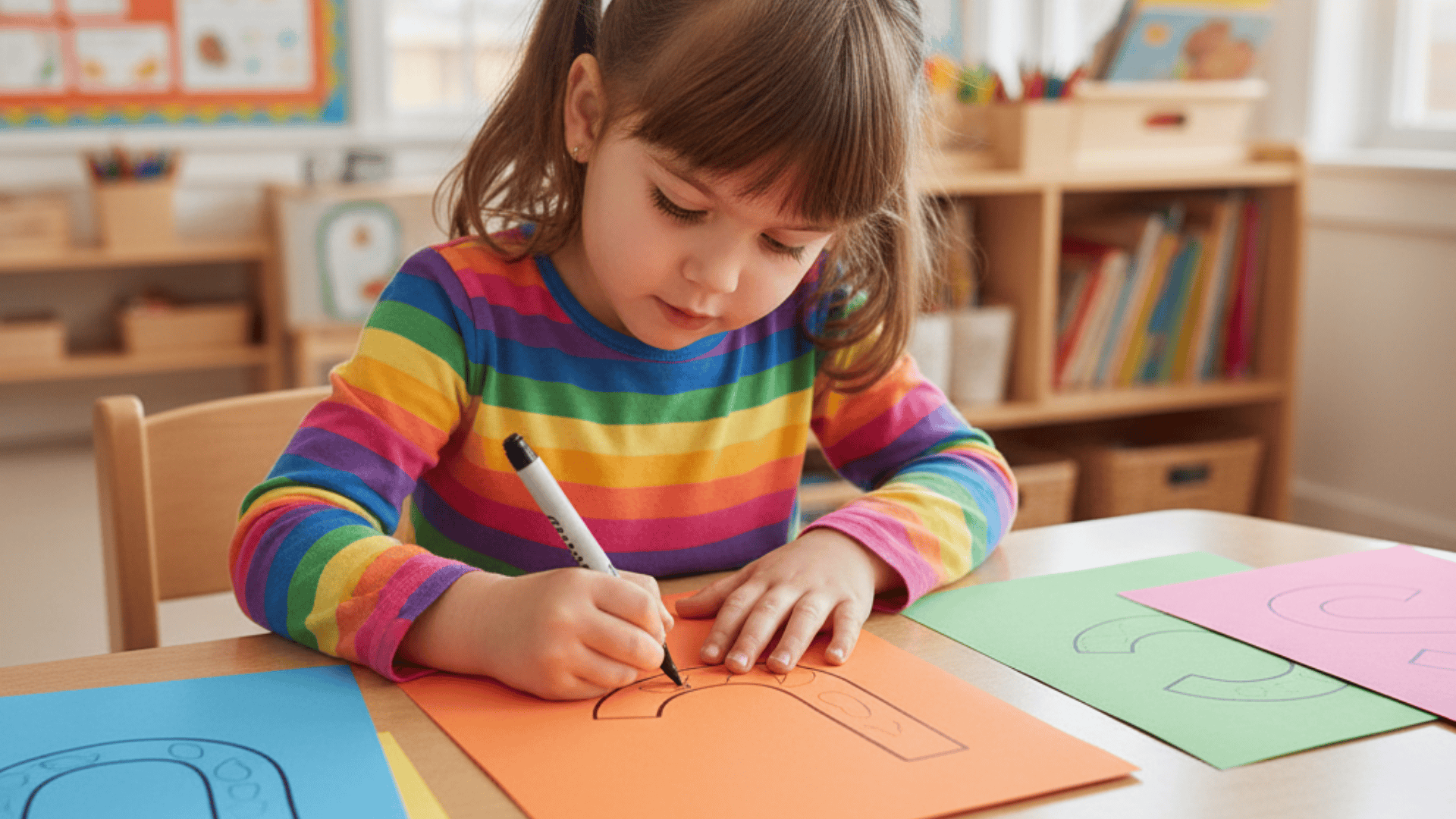
Name Letters Recognition gives learning a personal touch by starting with something familiar. When children trace, color, or decorate the letters in their own name, they feel proud and engaged.
This approach builds confidence and emotional connection to learning, helping them recognize patterns and understand that letters form the words most important to the
25. Seasonal Letter Crafts
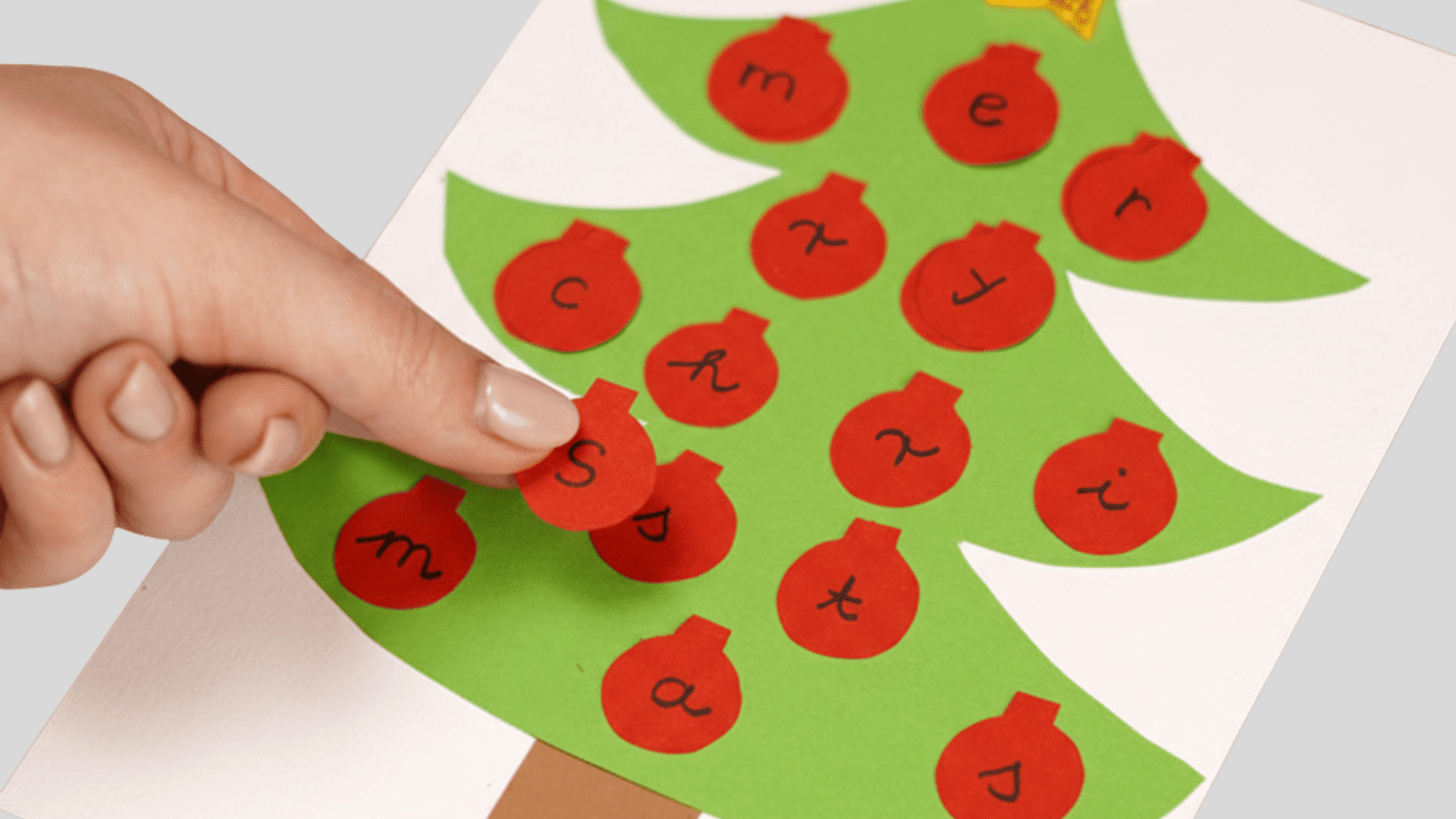
Seasonal Letter Crafts make learning fresh and engaging by tying letters to holidays or nature. Children use materials like leaves, cotton, or glitter to decorate themed letters, increasing creativity and fine motor skills.
Relating letters to real-world events helps memory and excitement, turning every season into a fun opportunity to learn language through art.
26. Letter Sorting by Shape
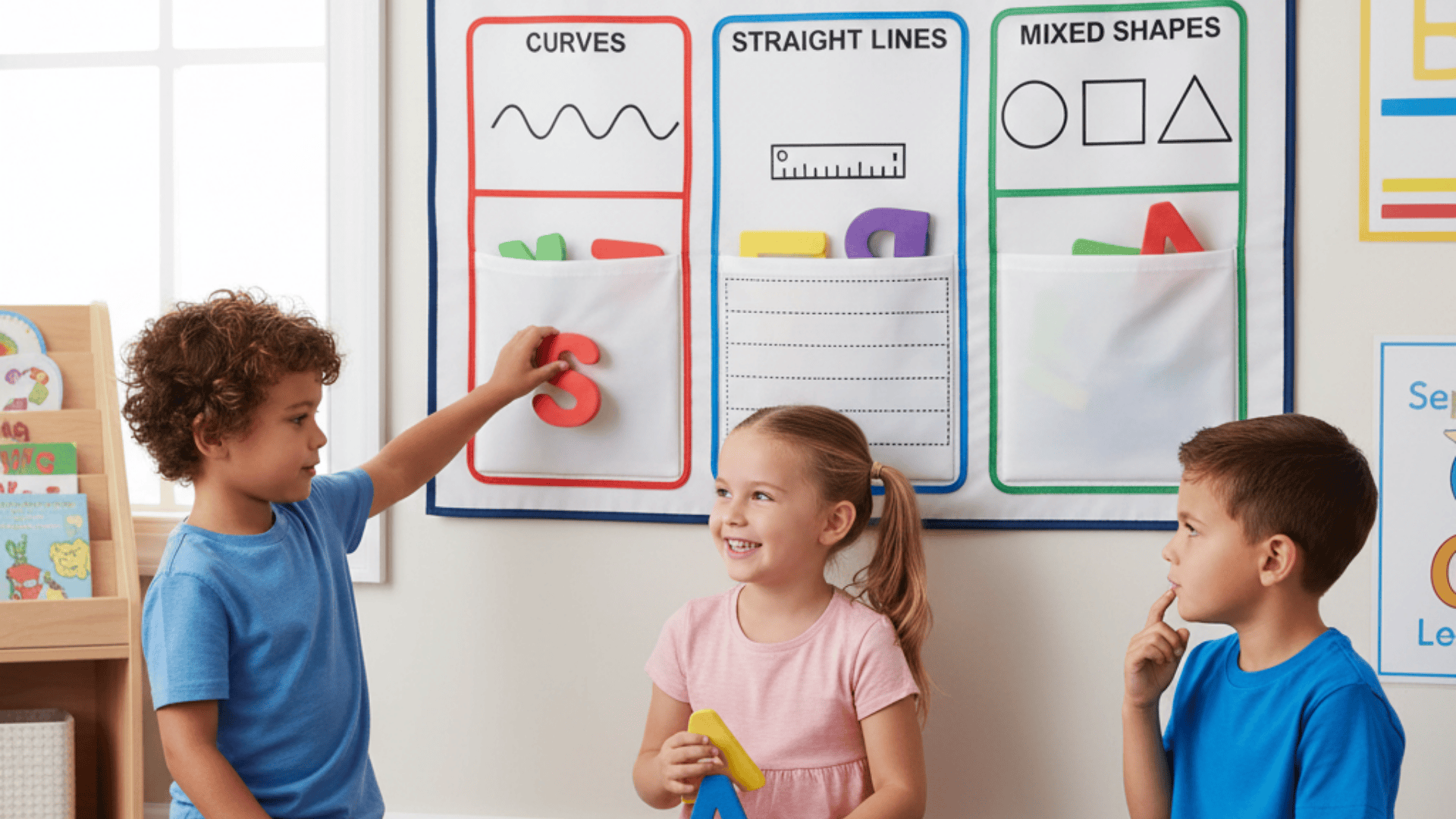
Letter Sorting by Shape helps children notice how letters look and differ. By grouping those with straight lines, curves, or diagonal strokes, they sharpen visual attention and comparison skills.
This hands-on approach builds early analysis and organization abilities, making it easier to distinguish similar letters during reading and writing. It’s simple yet highly effective for recognition
27. Uppercase & Lowercase Sorting
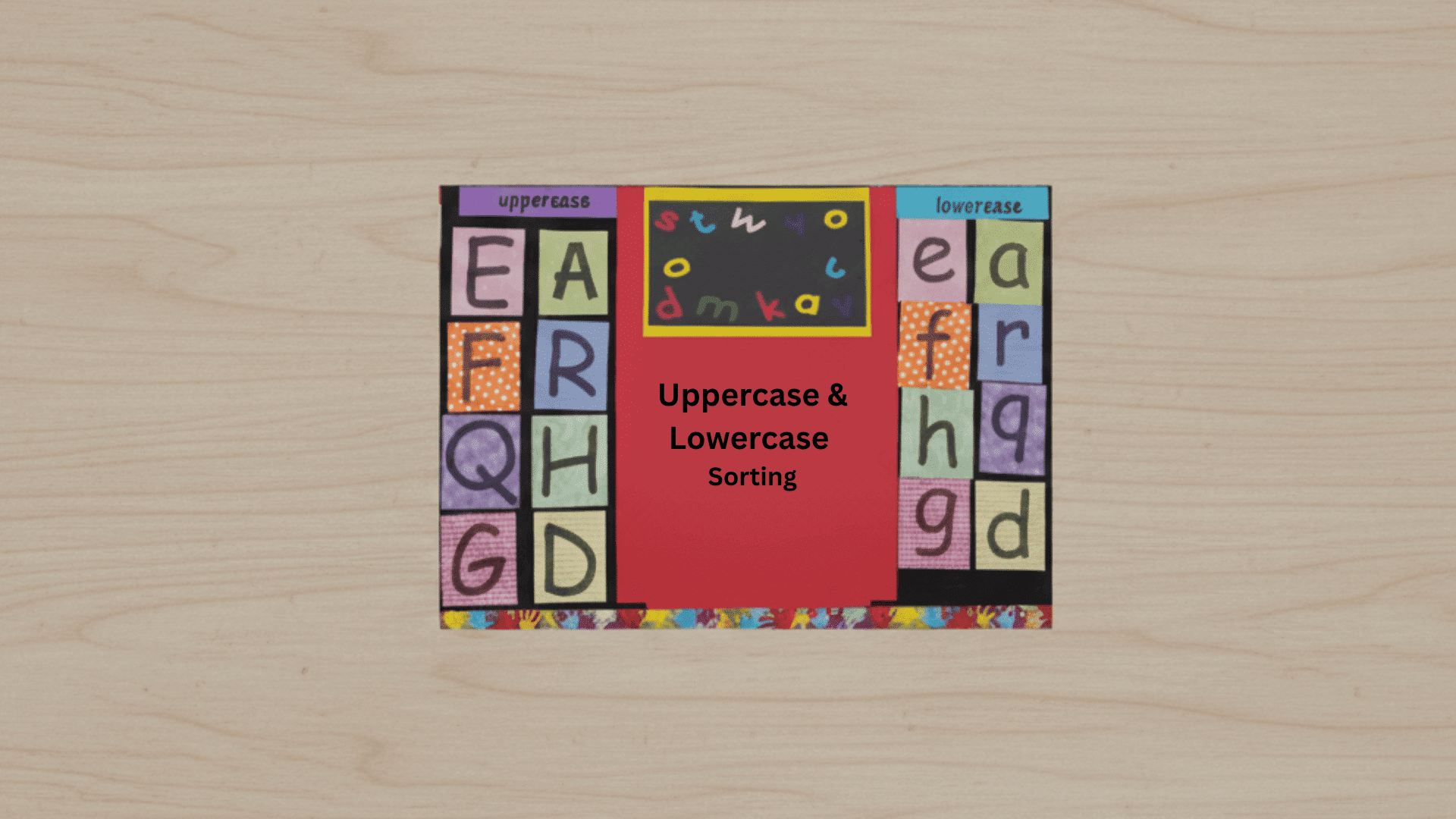
Uppercase and Lowercase Sorting strengthens children’s grasp of how letters connect within the alphabet. As they pair big and small forms, they practice observation and recall while building awareness of letter patterns.
Handling cards or manipulatives keeps learning tactile and fun. This activity supports reading readiness by helping children identify both versions quickly and confidently.
28. Letter Puzzle Games

Letter Puzzle Games turn learning into an exciting, hands-on challenge. As children fit pieces together to form letters or short words, they build spatial awareness, patience, and fine motor strength.
The process encourages focus and logical thinking while reinforcing letter shapes and sequences. This playful approach keeps children motivated as they learn through active learning.
29. Letter Locks Printable Game
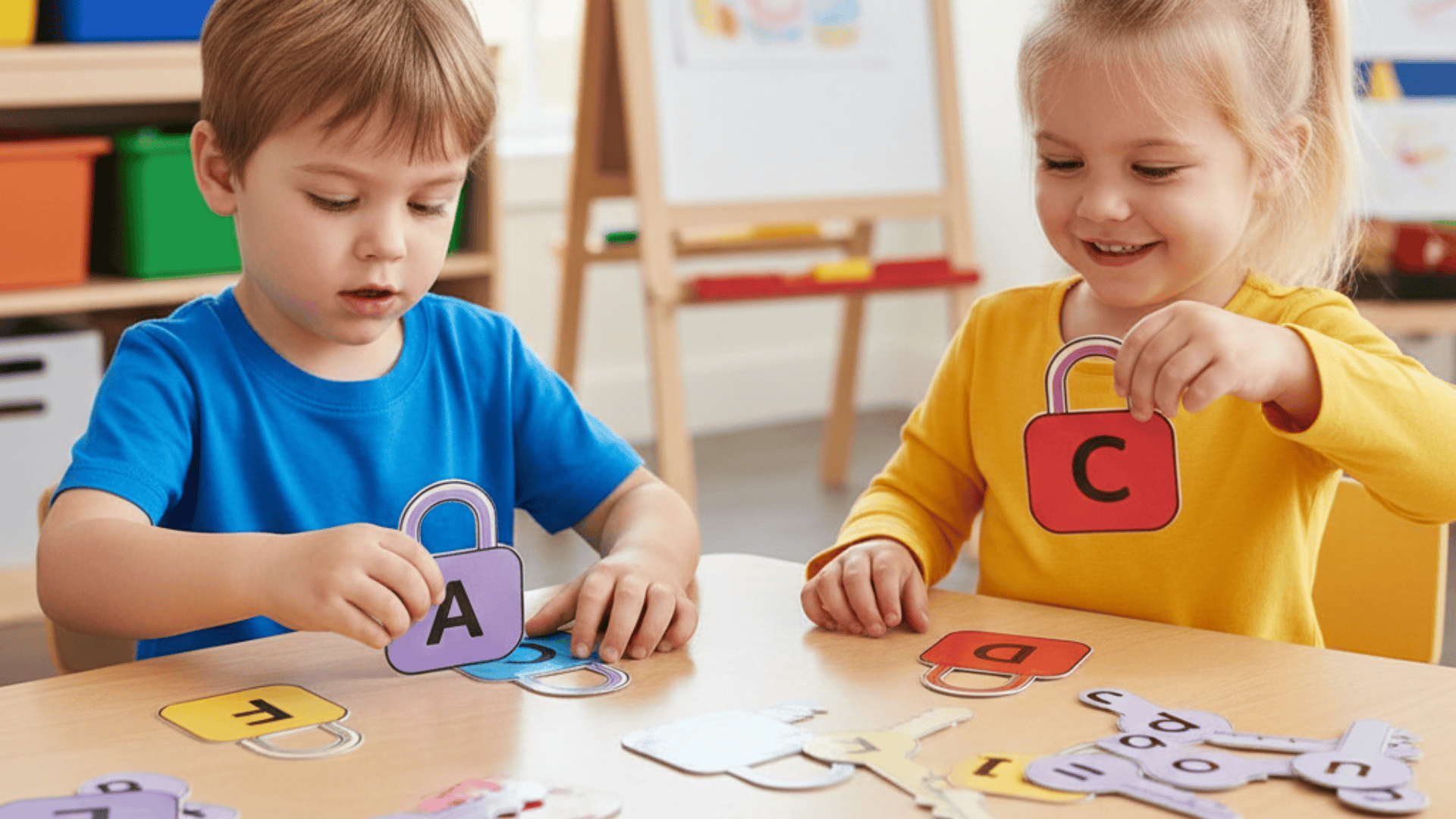
Letter locks printable game makes letter learning feel like solving a fun mystery. Children match keys with the correct locks, strengthening recognition and fine motor coordination.
The challenge of finding the right pair keeps them alert and engaged. This interactive game builds focus, confidence, and enjoyment while helping children remember letter forms and their connections.
30. Magnetic LetterArt
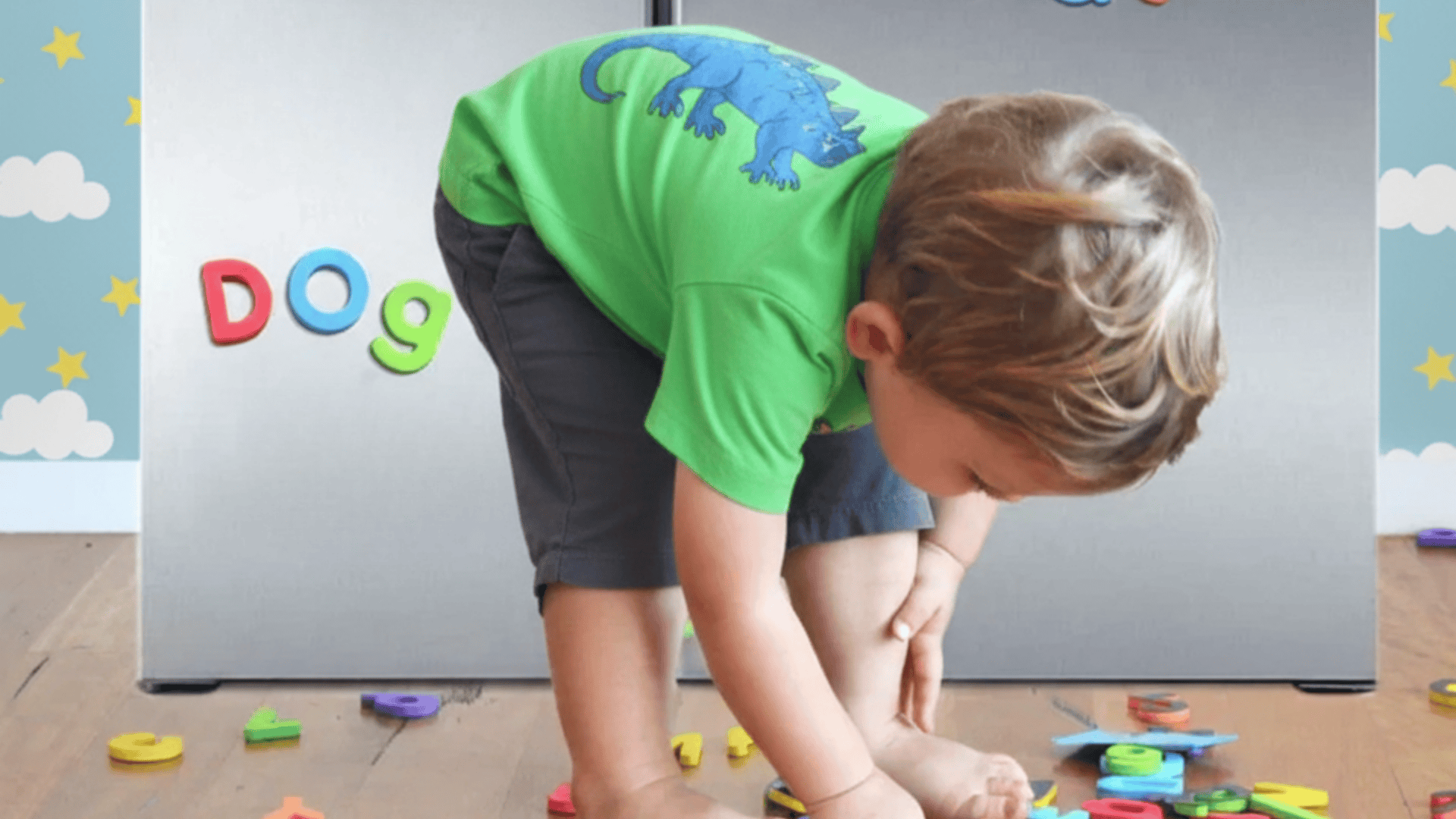
Magnetic Letter Art transforms learning into a creative learning. Children arrange colorful magnetic letters to form names, short words, or playful patterns, strengthening spelling and letter recognition.
Moving pieces around helps develop coordination and spatial awareness. This open-ended activity blends art and literacy, encouraging imagination while making letter practice interactive and visually engaging.
31. DIY Alphabet Path
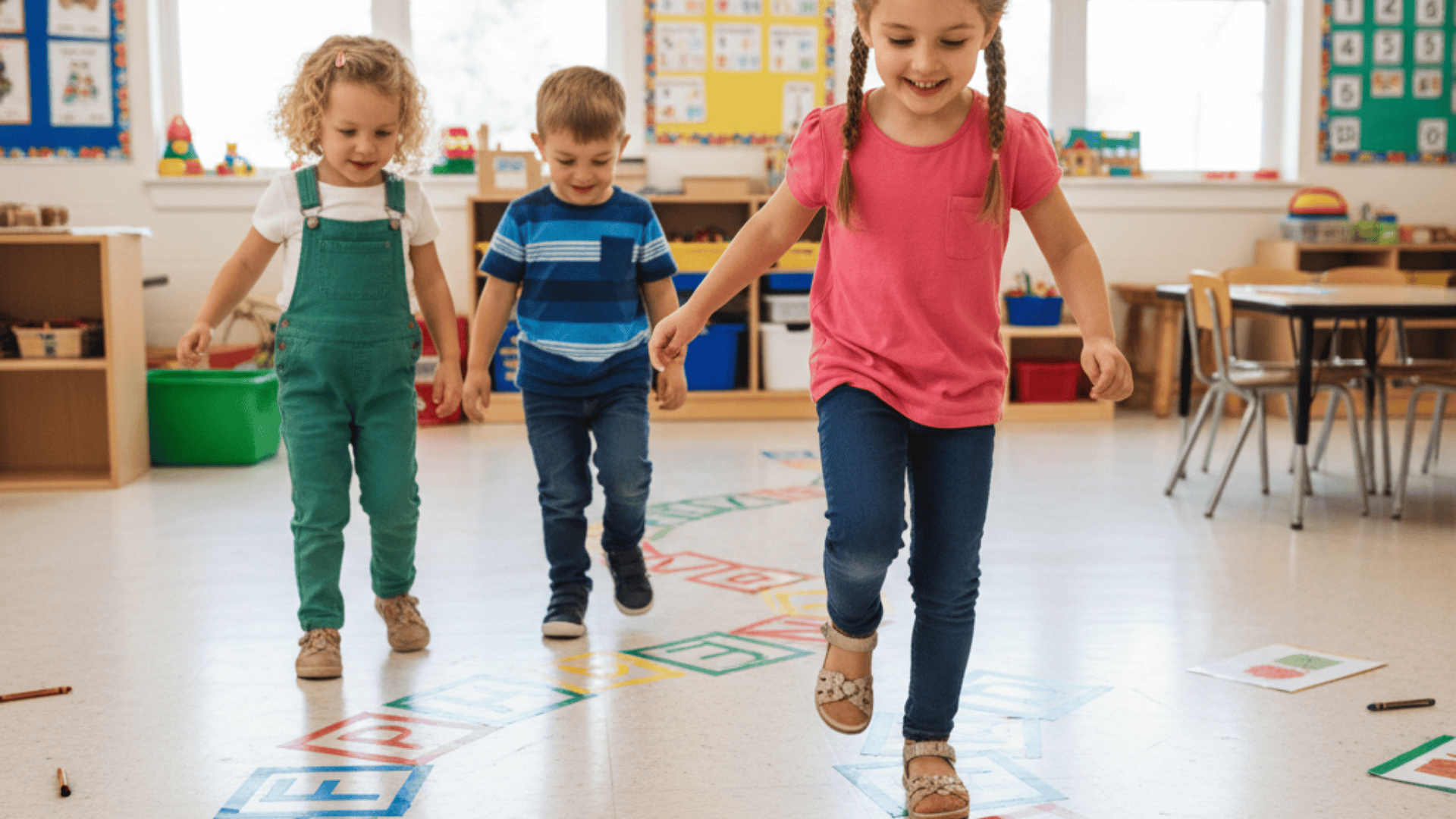
DIY Alphabet Path turns letter learning into an active adventure. As children move along the taped or chalk-drawn letters, they build balance, coordination, and memory skills.
Saying each letter aloud reinforces recognition and sequencing. The physical interaction keeps energy high and focus strong, making alphabet practice enjoyable and effective for an active learner.
Tips and Best Practices
Helping kids recognize letters can be simple and fun if you use the right strategies. A mix of structure, play, and encouragement goes a long way in keeping them motivated:
- Use repetition and consistency: Practice letters daily in short sessions instead of long, infrequent lessons.
- Combine visual, auditory, and kinesthetic learning: Let kids see, hear, and trace letters to reinforce recognition.
- Start with letters in the child’s name: This makes learning personal and increases interest.
- Keep sessions short, playful, and engaging: Fun activities help maintain focus and reduce frustration.
- Encourage positive reinforcement: Praise effort and progress to build confidence.
- Mix free play and guided activities: Balance structured tasks with open learning.
Mixing these practices makes letter recognition a positive experience that sticks and sparks a love for learning
Conclusion
Letter recognition is an important step in helping preschoolers develop reading, writing, and early literacy skills.
By using a variety of letter recognition activities, children can learn letters in fun, hands-on ways that match their interests and learning styles.
Consistent practice, playful learning, and positive reinforcement help children master letters confidently.
Start doing these activities at home or in the classroom to make letter learning enjoyable and effective. Try a few activities today and watch the child gain confidence while having fun with letters!

